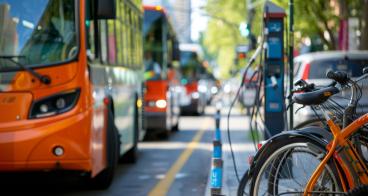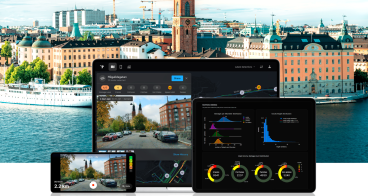Behavioural change campaign encouraging the use of the cycle highway
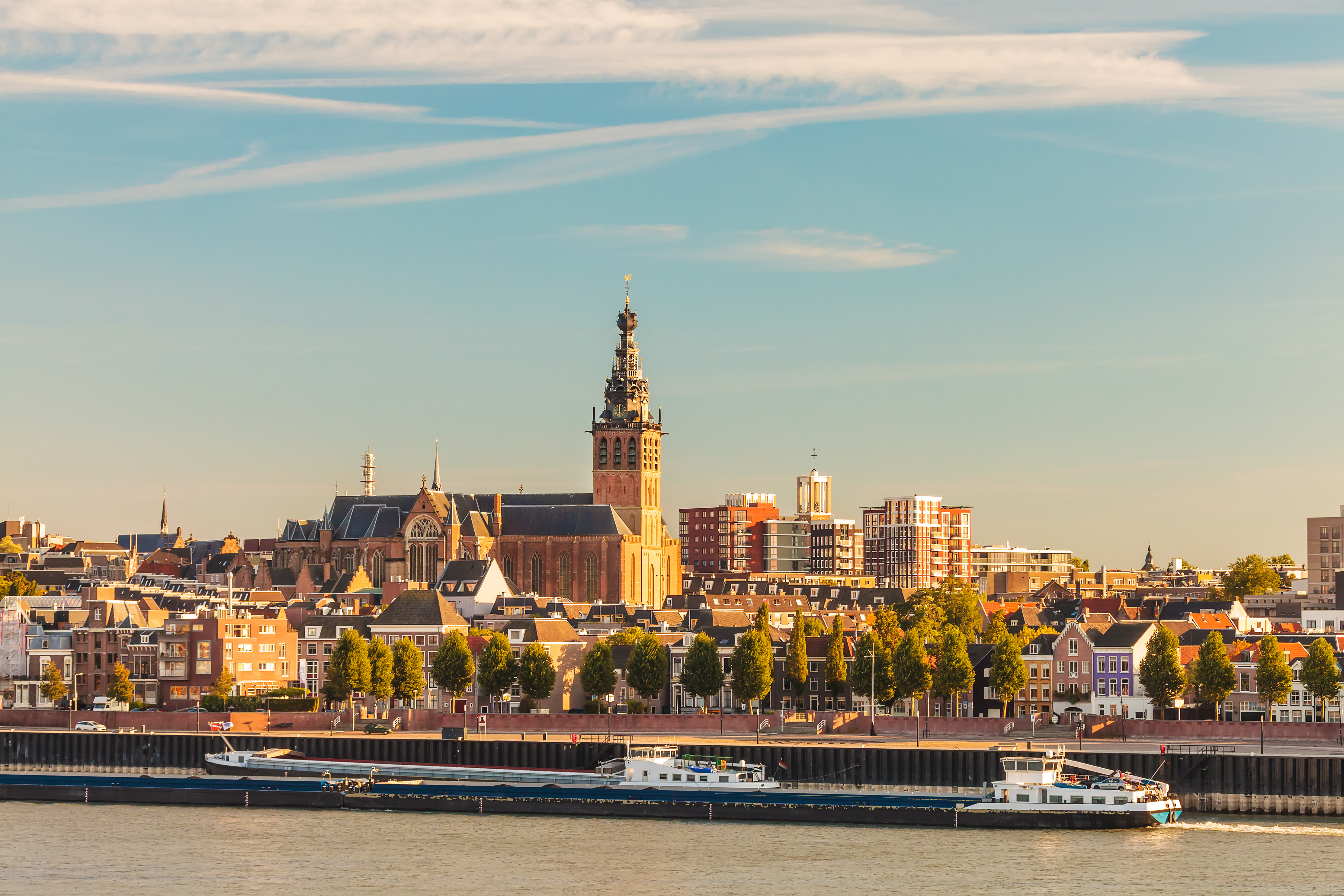
The Challenge
After 80 years, the Waal bridge near Nijmegen was in need of major maintenance. A lot of traffic disruption was expected during the works which would take 1.5 years to complete. Therefore, the SLIMspitsen scheme was started to maintain accessibility and mitigate the impact of the works whilst also seizing an opportunity to encourage behavioural change in peoples travel to work.
The idea was to incentivise people to:
- Choose an alternative mode to the car (e.g. public transport, (electric) bicycle);
- Work from home;
- Travel outside rush hour; or
- Take a different route.
In addition the aim was to achieve a structural / long-term change in behaviour among participants. The campaign targeted the following:
- Motorists using the Waal crossings;
- Motorists on the other main routes which would become more congested at the time of the work; and,
- Citizens via broad communication.
Nijmegen aims to be a social, accessible, economically viable and sustainable city and this scheme helped support that vision.
The Solution
The following solutions were implemented:
- achieving 600 rush hour avoidances per working day by rewarding desired mobility behaviour;
- encouraging bicycle use using the RingRing app, with which one could earn credits per kilometre cycled;
- encouraging the use of ebikes for commuting for longer distances;
- encouraging working from home; and,
- marketing & communication promotion.
Part of the initiative was to encourage use of the Cycle Superhighway, known as ‘RijnWaalpad’ in Dutch, which opened in 2015 and links Arnhem and Nijmegen via an uninterrupted 17km cycle route. This is a good way to commute as it improves health and well-being and reduces the use of the private car during rush hour.
Travelers were supported by a reward in the form of credits. This approach is more concerned with changing travel and driving behaviour through communication, marketing and information (soft measures) and by offering and encouraging the choice for other forms of mobility (hard measures). Giving (monetary) rewards is less prominent and the approach is aimed as much as possible at stimulating mobility alternatives such as cycling and public transport, working from home, traveling at a different time and via a different route.
The payment to service providers was made on the basis of results: a graduated scale linked to the percentage achieved of the result target. In addition, the service providers received a fixed amount per month for project management. For participants a maximum amount of 270
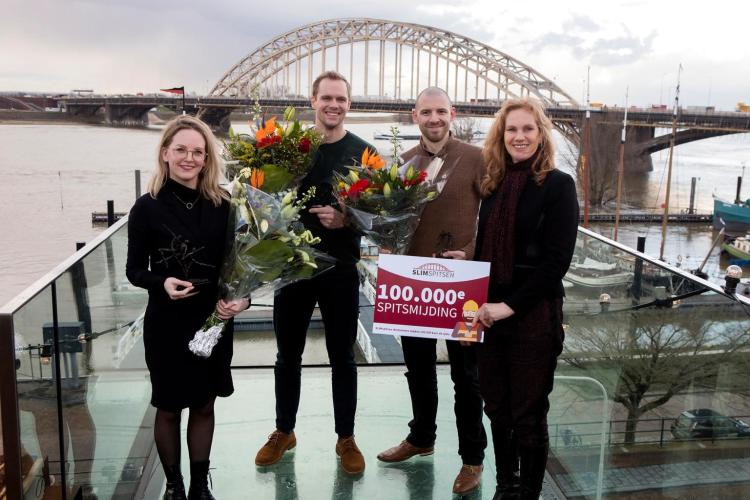
Making an impact
- Accessibility: The nuisance of the works was limited as a result of the scheme. The driving speeds on the main roads remained at the same level and there was a growth of 18% in the use of bicycles.
- Number of rush hour avoidances: 3,382 participants effectively contributed to rush hour avoidance which equated to a total reduction of 218,572 trips during rush hour for the duration of the scheme.
- Structural behavioral change: The challenge was to get 150 participants to adopt a different mobility behaviour. This turned out to be much bigger than expected: two months after the end of the scheme, 769 participants had structurally changed their behaviour. This equates to 25% of the total participants.
- At the start of the scheme there were 2,700 participants which rose to 5,000 participants at the end of the scheme.
During the scheme the modal shift amongst participants for rush hour avoidance has been:
- 19% travel by bicycle
- 5% travel by public transport
- 59% of the participants take a different route or work from home
- 17% drive at a different time, outside the evening rush hour
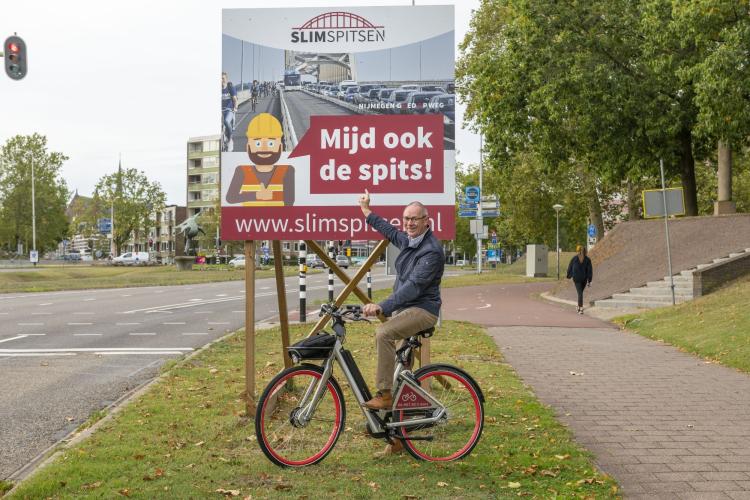
Lessons learnt
- The marketing promotion was considered to be very effective in arousing interest and participation in the scheme. The 'brand' SLIMspitsen was created with its own logo and style and was reflected in all communication expressions in all sub-projects. This ensured it was easily recognisable to citizens.
- Employers realised the benefits of encouraging their staff to travel to work more actively.
- Due to the long duration of the scheme (1.5 years), the chance for travel behaviour change was high with people adopting an alternative mode as the ‘new normal’. It is important to take the duration of a scheme into account in your control mechanism.
- When implementing a similar scheme ensure that the objectives and measures can be scaled up or scaled down.
- Privacy is an important consideration. Privacy statements were created and authorised by the privacy officer of the municipality of Nijmegen. All data handling was explained to participants and they were always asked for explicit permission.
- Work together – create solution with all parties e.g. companies, educational institutions, governments.
- Behavioural changes take a long time – implement a structured, adaptable programme based on successes and changing circumstances.
- A similar scheme is being implemented due to renovation works on a strategic route between Arnhem and Germany to change travel behaviour.
- Other cycle superhighways are being built across the Netherlands to encourage active travel.




